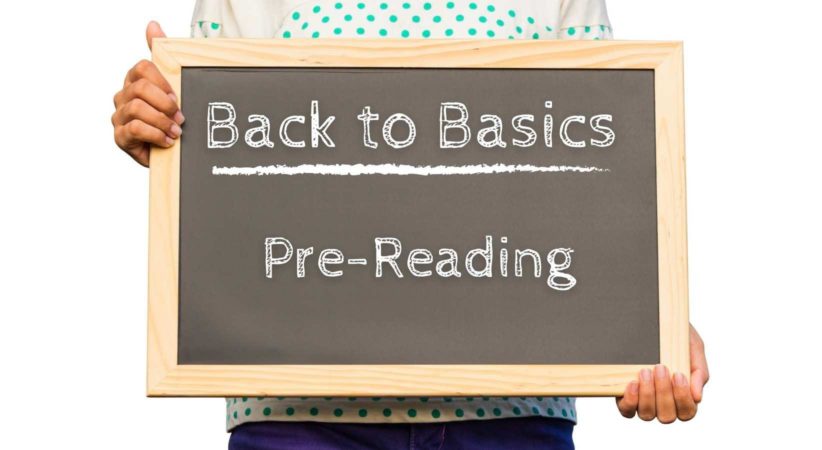
Back to Basics: Pre-Reading
Welcome to our Back to Basics series! In this series we will be exploring some of the foundational methods, practices and terminology for teaching reading. This series is for those new to the field of literacy, beginning tutors or those who would just like a refresher. This week we are discussing the comprehension strategy of pre-reading.
Pre-reading is an assortment of reading comprehension activities the tutor and reader complete before reading a text. This can include activities and strategies mentioned in previous posts such as activating existing knowledge, using the Language Experience Approach (LEA) and many more. Keep reading to discover even more activities for pre-reading.
Mind Maps
A mind map is a diagram (or graphic organizer) that helps a student visualize what they’re about to read. The tutor can point out aspects of a story, such as pictures and the title, and ask the student to predict what the story will be about. The tutor the writes down the keywords the student identifies and starts drawing the mind map. The mind map will be added to as the story is read. Newspaper articles, such as those available from The Westcoast Reader, are an excellent tool for mind mapping. Watch the video below to see a tutor using a mind map with a student.
KWL(N) Charts
KWL stands for “Know, Wonder, Learn.” This is another graphic organizer used to track what the student knows (K), wants to know (W), and has learned (L). The letter N can be added to another column as “Next” or predicting what may happen next in the text. Some educators extend this chart even further (see below for a resource that uses an expanded KWL chart). Before reading a text, the tutor and learner write down what the learner already knows about the subject of the text. Next, the learner lists what they want to know from the text. Finally, after reading the text, they write down what they’ve learned from it. A KWL chart is an excellent method to activate existing knowledge and increase comprehension. The video below demonstrates using a KWL chart with an adult student.
Previewing Vocabulary
Another good pre-reading strategy is previewing vocabulary in the upcoming text. When learners know the vocabulary words associated with a given topic, it enables them to connect their existing knowledge to what they are reading. Learning unfamiliar words before reading a text increases comprehension. Using what you know of your student’s background knowledge and existing vocabulary will help you decide which words to preview. The video below offers more insight and advice.
There are many pre-reading strategies you can use in your teaching. Check out the resources below and be sure to browse the collection at the Decoda Literacy Library for more in-depth teaching strategy resources.
Resources
Related Blog Posts
How Visual Processing Disorder Affects Reading
Learn how visual processing disorder can affect reading and how you can support learners.
Reader-friendly Non-fiction for Adults
Adults who are practising their reading can enjoy reader-friendly non-fiction.
The Jigsaw Method
An “oldie but a goodie”! Learn more about the jigsaw method.
